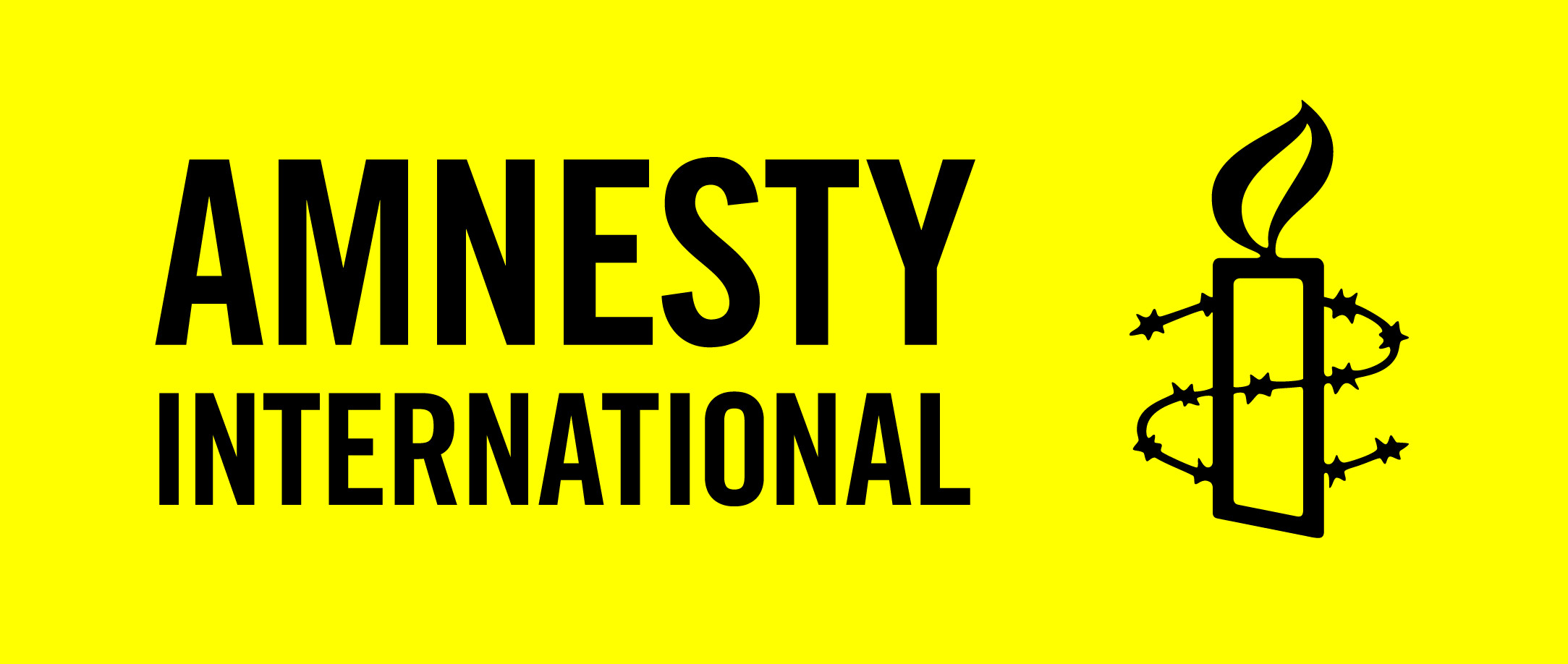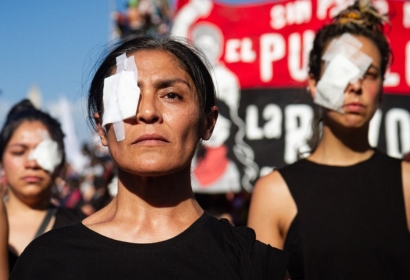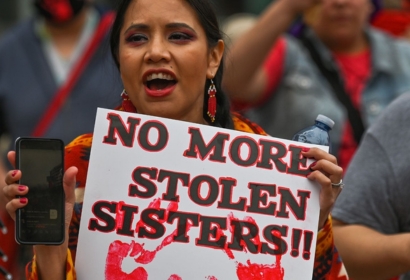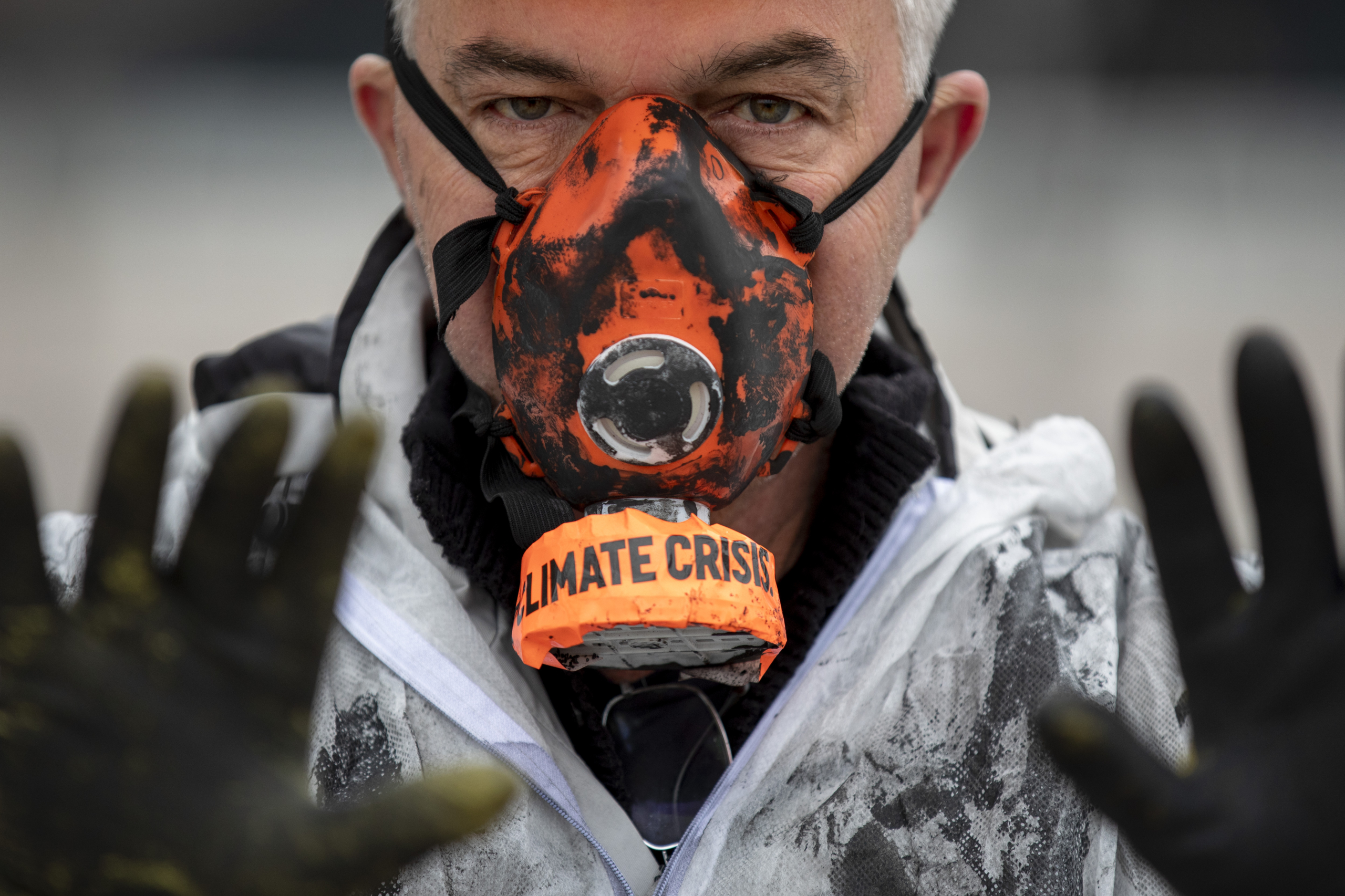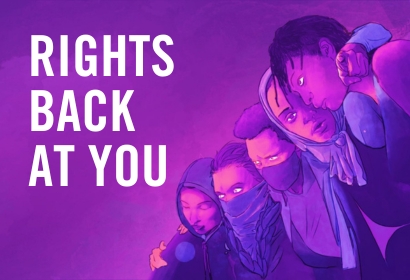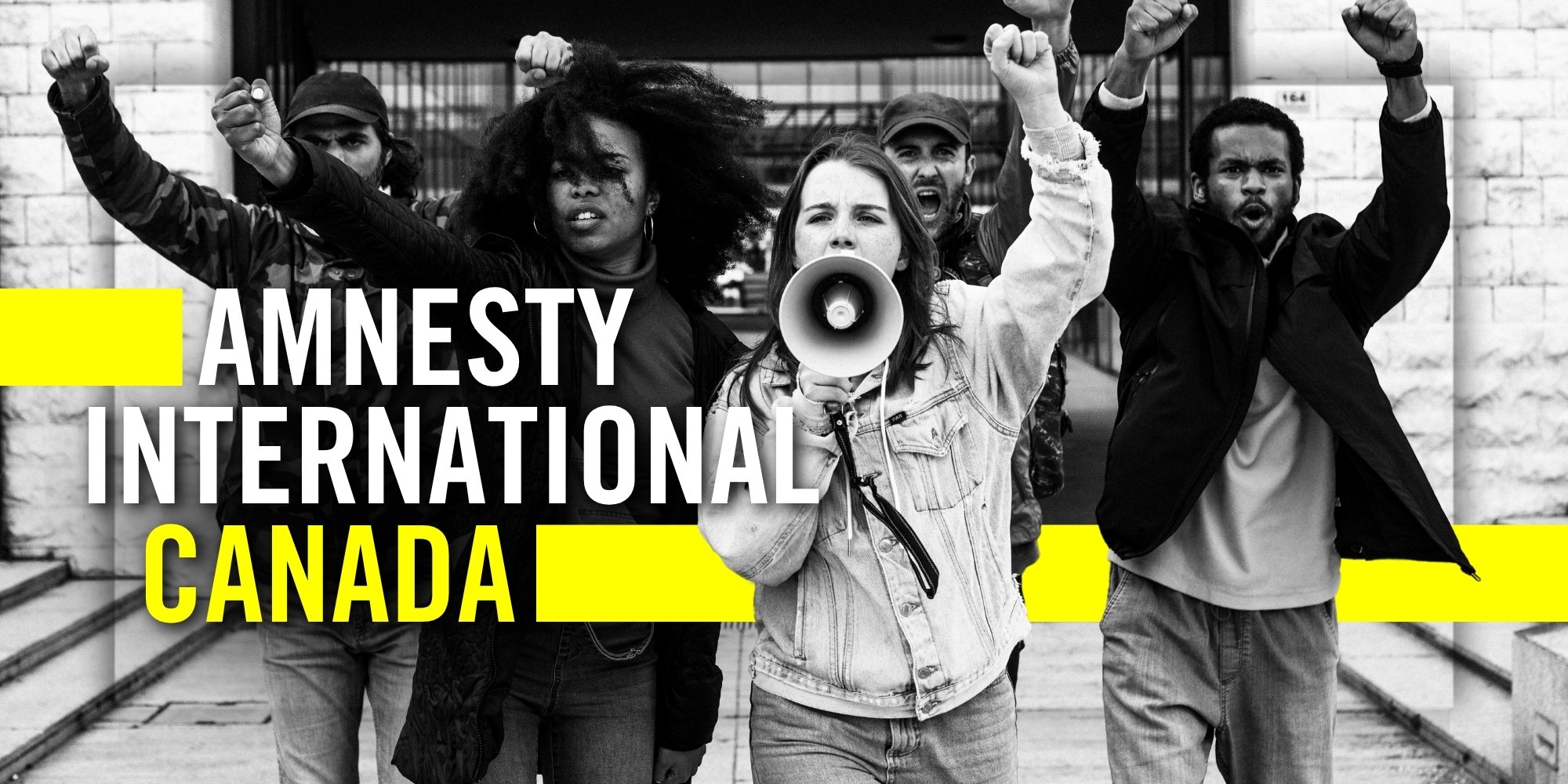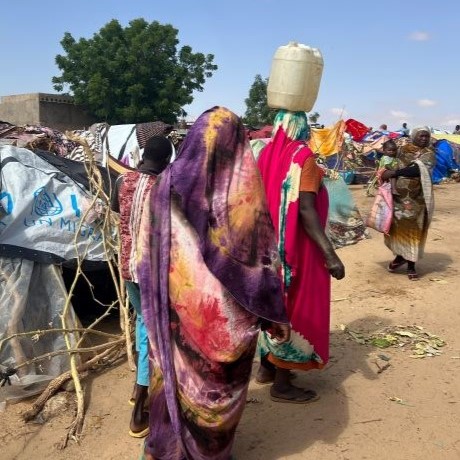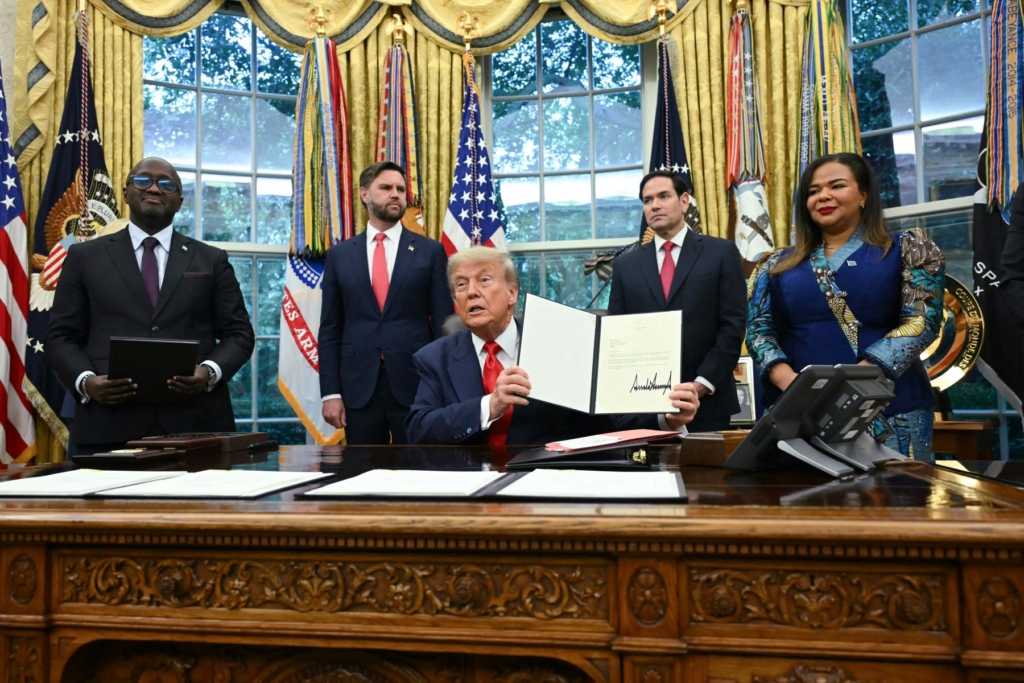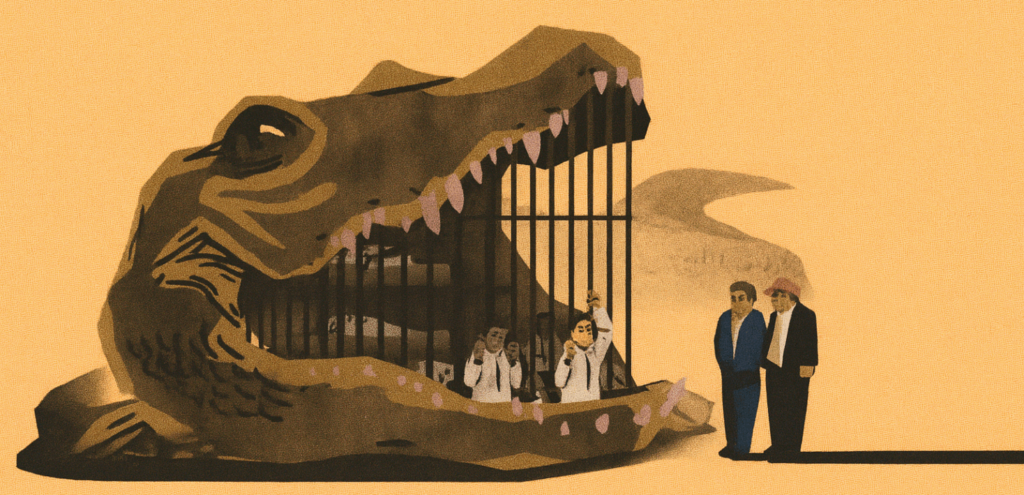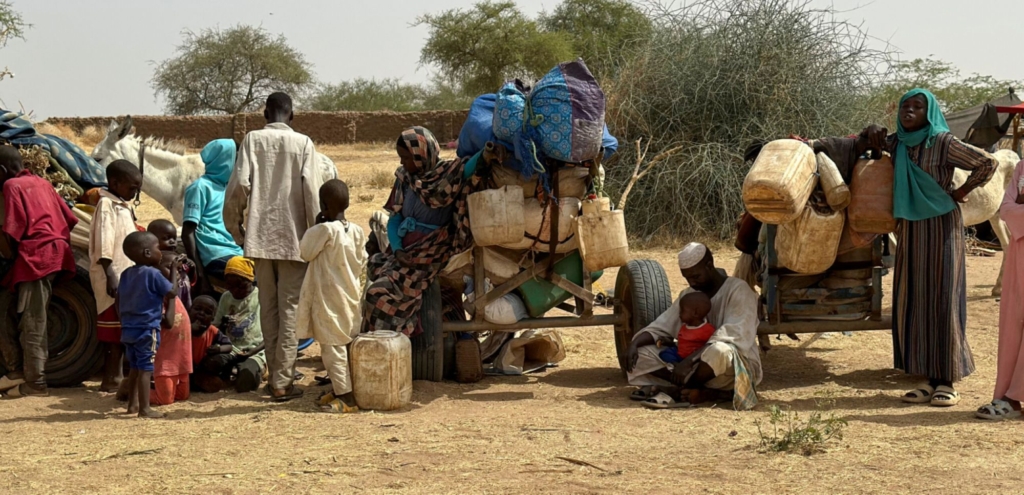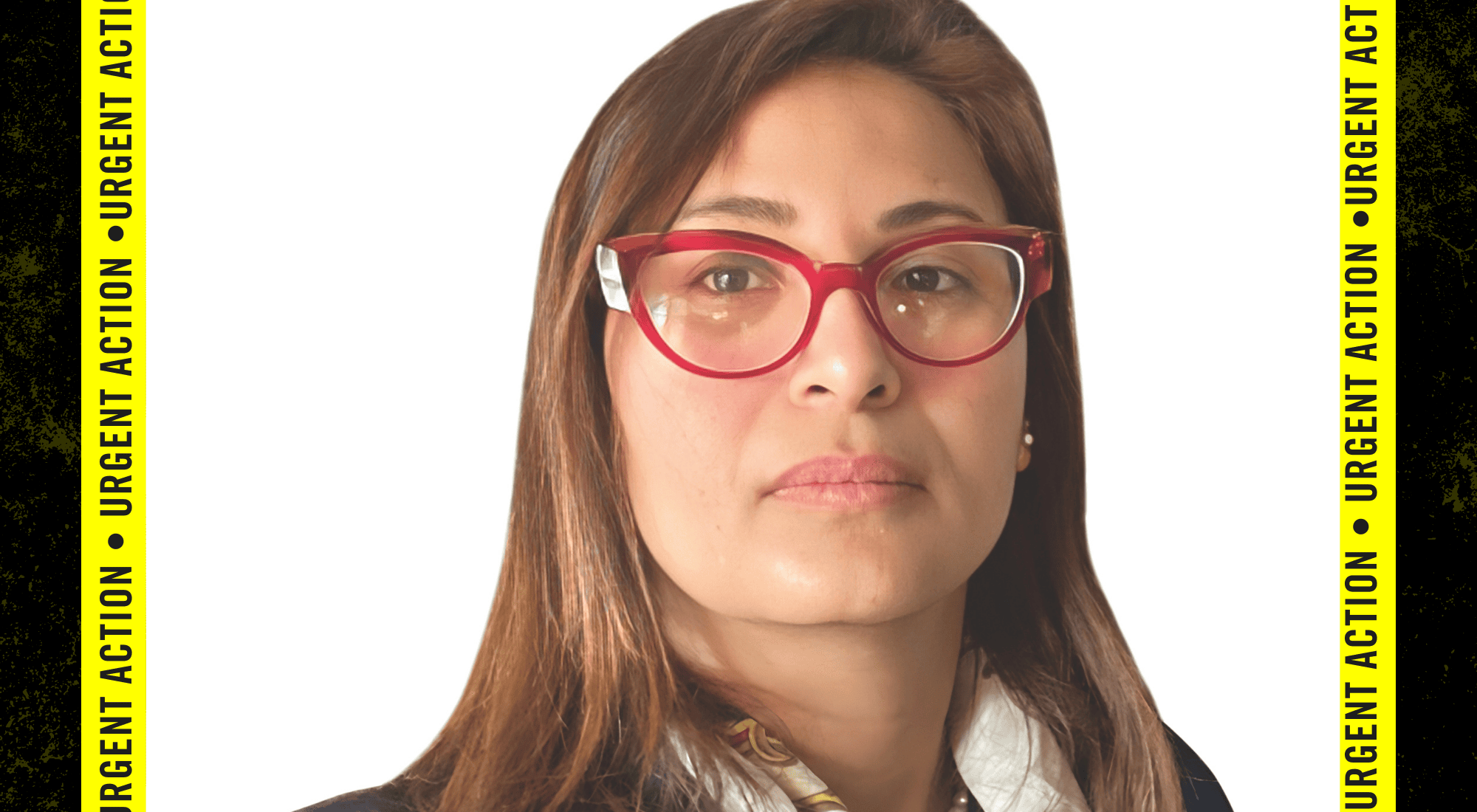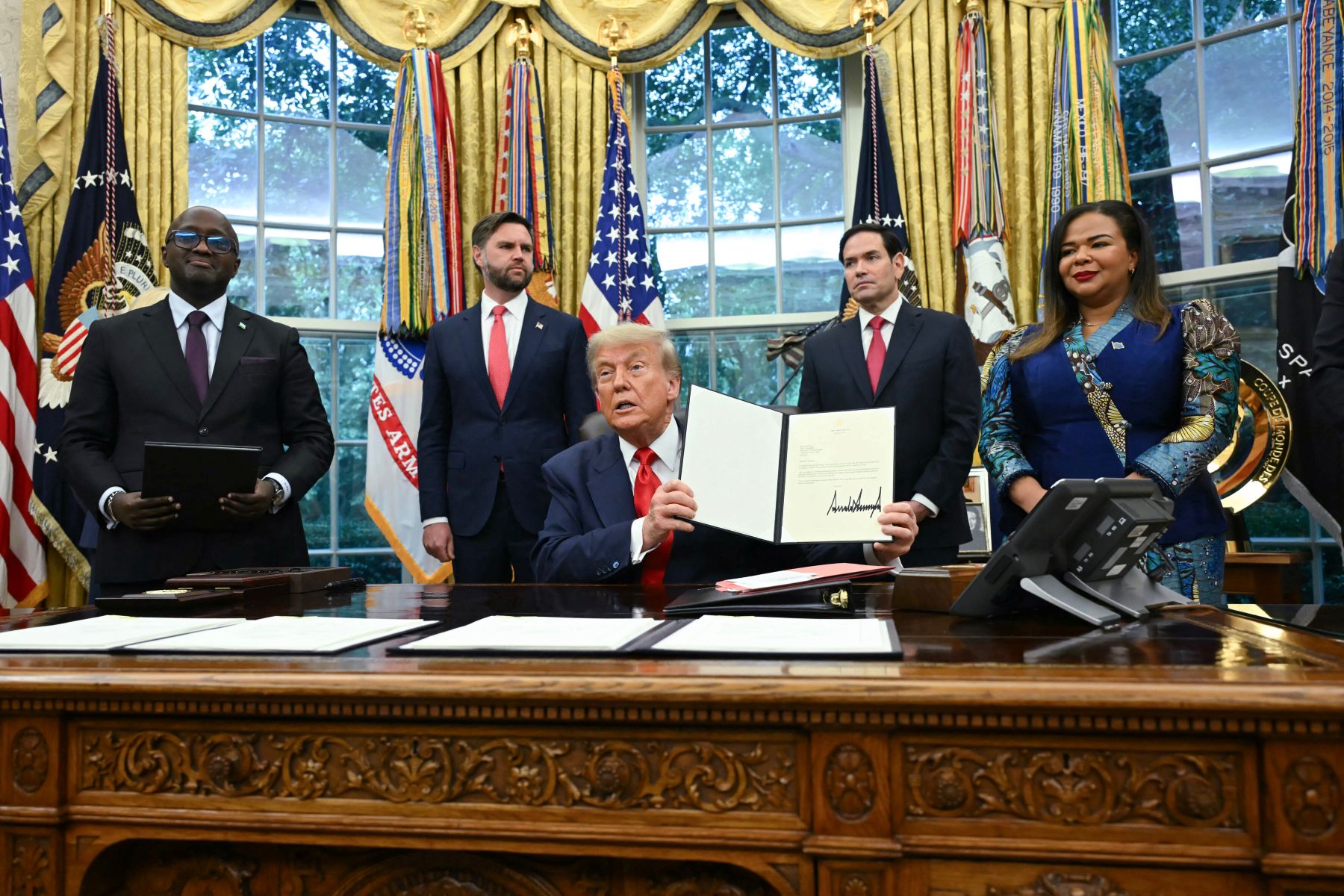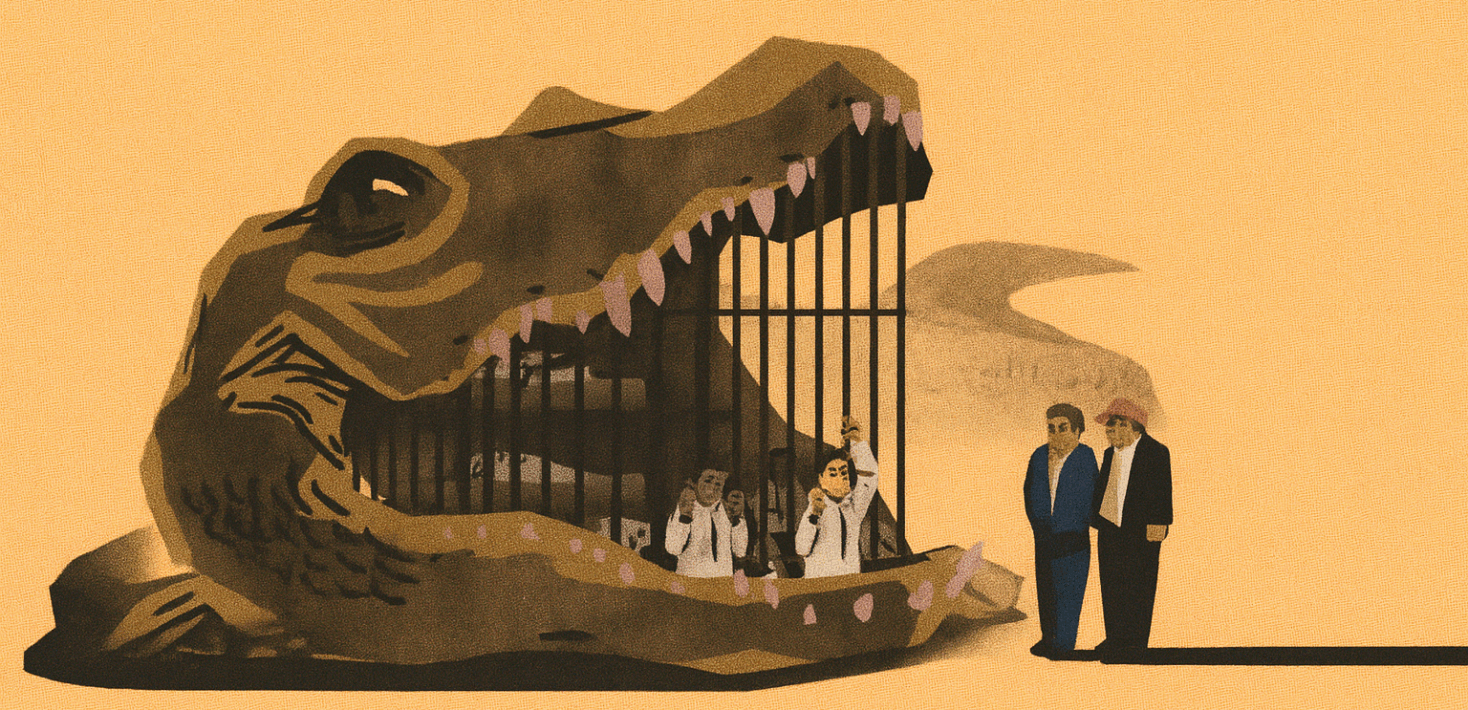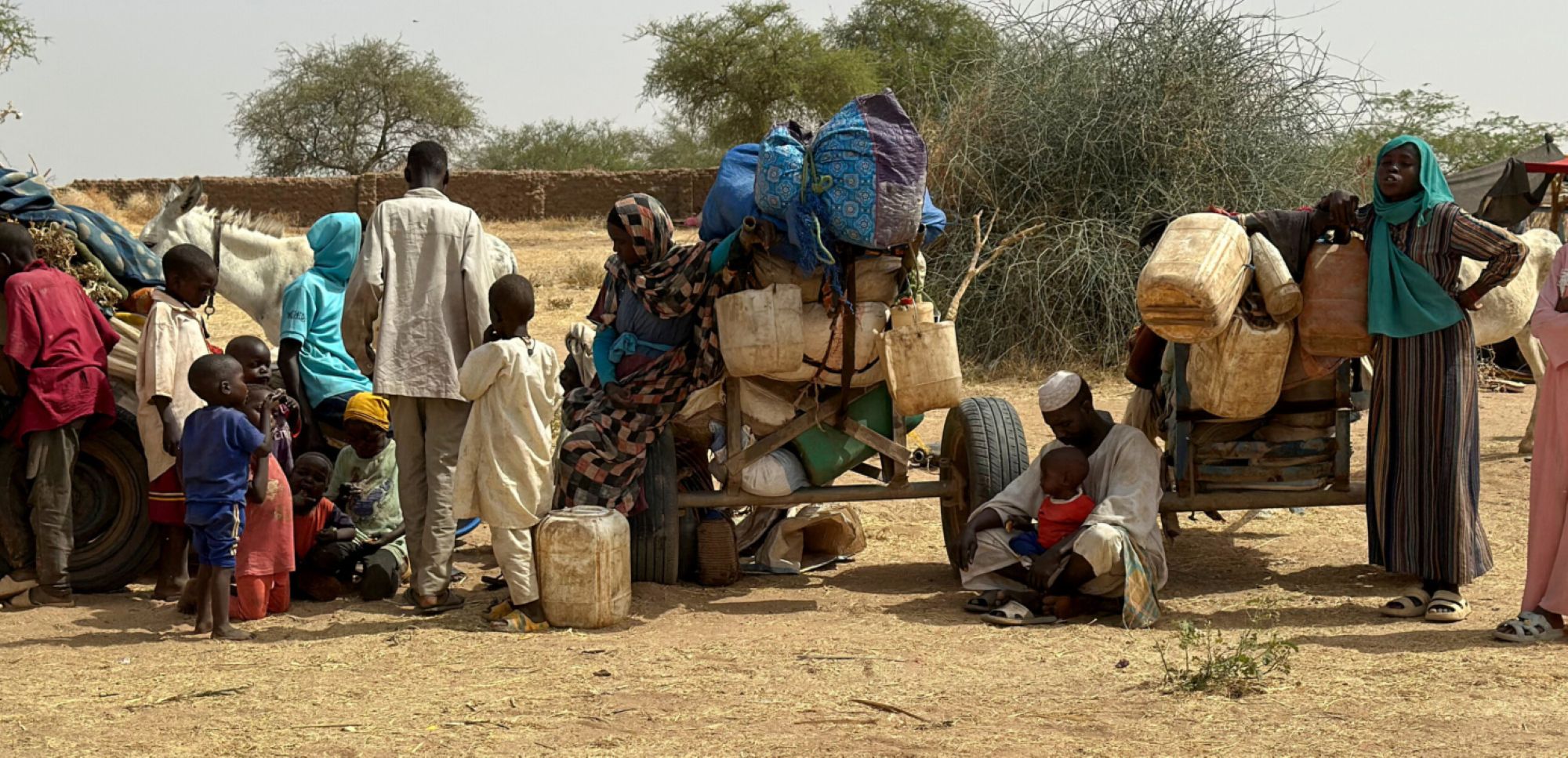By Kathy Price, Mexico campaigner with Amnesty International Canada
,
There’s good news and bad news, as the old saying goes.
,
The good news has names like Ángel Colón (left) and Claudia Medina (below right). Both of them were tortured by Mexican security forces to extract ‘confessions’ but ultimately released from that nightmare, the unjust charges against
(left) and Claudia Medina (below right). Both of them were tortured by Mexican security forces to extract ‘confessions’ but ultimately released from that nightmare, the unjust charges against them dropped, after Amnesty supporters flooded authorities with messages of concern.
them dropped, after Amnesty supporters flooded authorities with messages of concern.
,
There have been other promising developments since Amnesty issued a damning report in September 2014 entitled Out of Control: Torture and Other Ill-Treatment in Mexico.
,
Three months later, Mexico’s Supreme Court issued guidelines for prompt action by judges when presented with allegations of torture. Then, in August 2015, the Federal Attorney General issued a new protocol for the investigation of torture, and also increased the number of public prosecutors dedicated to investigate such cases.
,
So what’s the bad news? It’s spelled out in the title of Amnesty’s latest report Paper Promises, Daily Impunity: Mexico’s Torture Epidemic Continues. The report documents how the number of torture complaints filed at the federal level more than doubled between 2013 and 2014.
,
Yet Mexican officials were unable to say how many charges they laid for torture during 2014. When asked to be more precise, the Deputy Attorney General told Amnesty International “we don’t have any hard data”.
,
Equally disturbing is the fact that Mexican officials were unable to provide data about the gender, nationality or age groups of those who made complaints of torture, stating that such registries are not kept. This makes it impossible to develop targeted policies to address glaring issues such as the use of rape and other sexual torture against women detainees, its root causes and its devastating impact on the victims.
,
Other failures by authorities raise serious questions about their capacity to properly investigate complaints of torture and gather sufficient evidence to bring those responsible to account. In many cases, a torture allegation is simply assigned a case file number without any clear advances in the investigation.
,
 The experience of university student Enrique Guerrero Aviña (left) is one among many. In May 2013 he was tortured by police intent on getting him to incriminate himself and other social activists in criminal activity.
The experience of university student Enrique Guerrero Aviña (left) is one among many. In May 2013 he was tortured by police intent on getting him to incriminate himself and other social activists in criminal activity.
,
Enrique denounced the torture before a judge, who ordered public prosecutors to investigate. But more than 20 months later, public prosecutors have made little if any progress, while Enrique languishes in a maximum security prison charged with organized crime and kidnapping.
,
As long as justice is delayed or denied for victims like Enrique, torture will continue to be the means by which police and soldiers in Mexico obtain supposed ‘confessions’ to show they are successfully fighting crime.
,
Thousands of innocents will remain in jail, their lives destroyed, and millions of Mexicans will continue to live in fear that it might happen to them.
,
Mexican President Enrique Peña Nieto’s response has been to promise a new law on torture as a first step to tackle this crisis. That’s a tall order with less than three months until the deadline for Congressional approval and the bill yet to be presented.
,
The truth is that laws against torture already exist in Mexico. Yet few pay any attention to them. A strong new law may help. But what is needed most is the political will to implement it and turn promises into reality. Torturers cannot be allowed to go unpunished. Torture cannot be permitted, under any circumstances.
,
This is a message that Canadians and our government, bound closely to Mexico by trade, investment and more than a million tourists each year, must deliver in no uncertain terms. The scourge of torture in Mexico must end.
,
,
Read our report Paper Promises, Daily Impunity: Mexico’s Torture Epidemic Continues
,
